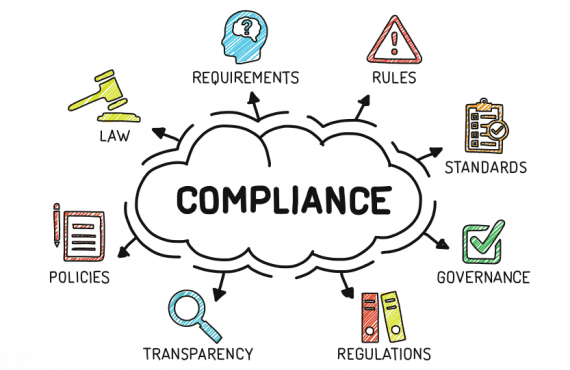The “Investigative Process” forms the third major component of the Centers for Medicare & Medicaid Services’ (CMS) new survey process, which was instituted on November 28, 2017.
The investigation process will begin as soon as the final sample has been selected from the initial pool and sample selection stages. Once this final sample has been identified, the survey team will begin formal investigations of any care issues that they believe may exist through observations, interviews, and record reviews. This process might take up the majority of the time that the team spends on the survey, as it will investigate all concerns that required further investigation for every resident in the sample.
Facility task and closed record investigations are also conducted. When investigations are complete, the team makes citation, severity, and scope decisions for every tag identified by each surveyor. For this purpose, the surveyors will use the March 8, 2017 revised Operations Manual (SOM) Appendix PP and the revised Quality Indicator Survey’s (QIS) established “Critical Elements” (CE) pathways.
Apart from studying specific cases, the surveyors will also be looking at general areas of operations, including, but not limited to:
– Dining (completed the first day, outside any resident specific investigation into nutrition and/or weight loss);
– Infection control (including a review of influenza and pneumococcal vaccinations, and the antibiotic stewardship program);
– The new Beneficiary Protection Notification Review (which must include three randomly selected residents in order to determine the facility’s record-keeping with regard to financial liability and the right to appeal a denial of Medicare services under the Fee for Service (Original) Medicare Program);
– Kitchen Observation (which must be completed according to Appendix PP and the “Facility Task Pathway” as outlined by the CMS);
– Medication Administration (which should include interviews with the appropriate nurse or pharmacist, sample residents if possible, and which should observe different routes, units, and shifts for at least 25 medication opportunities);
– Medication Storage (which should observe half of medication storage rooms and half of medication carts, and more if concerns are identified);
– Resident Council Meeting Issues (which should include a group interview with active members of the council, with a focus on abuse and sufficient staffing issues);
– Sufficient and Competent Nurse Staffing Review (a mandatory task, which must determine that there are both sufficient and competent staff, and if any staffing concerns can be linked to Quality of Life and Quality of Care concerns);
– Environment (If concerns are identified with the environment, surveyors will investigate just the relevant concerns that caused the task to trigger. To increase efficiency, surveyors will not investigate disaster and emergency preparedness, oxygen storage, or the generators. Those areas will fall under Life Safety Codes and will be assigned to the Life Safety Review).
Once all this is done, the survey team will draw up a final report which will list all potential citations, determine what rectifying measures are needed, and convey these to the facility administration in an exit conference.
Guidance on the CMS New Survey Process can be found on their website here:






















































